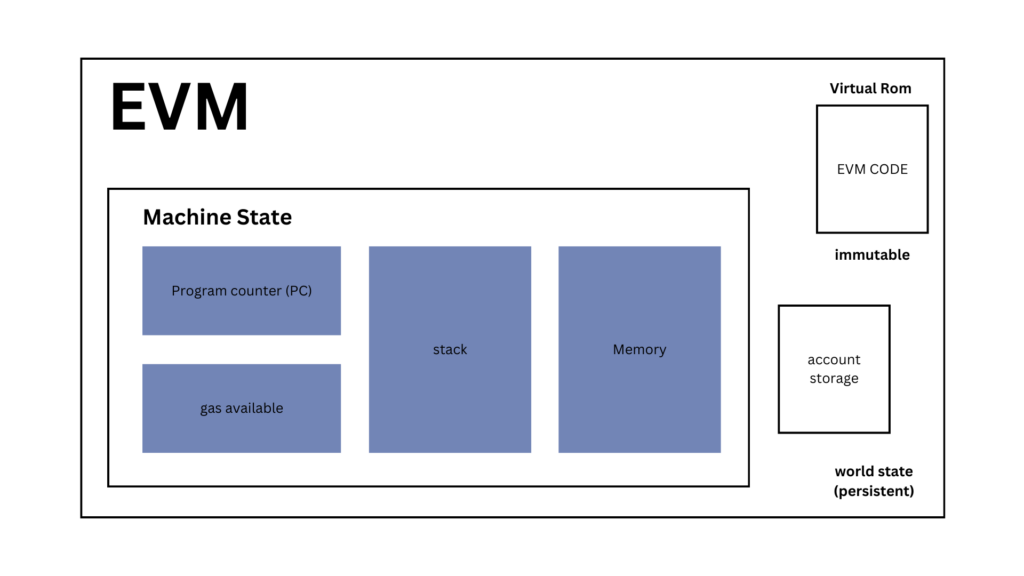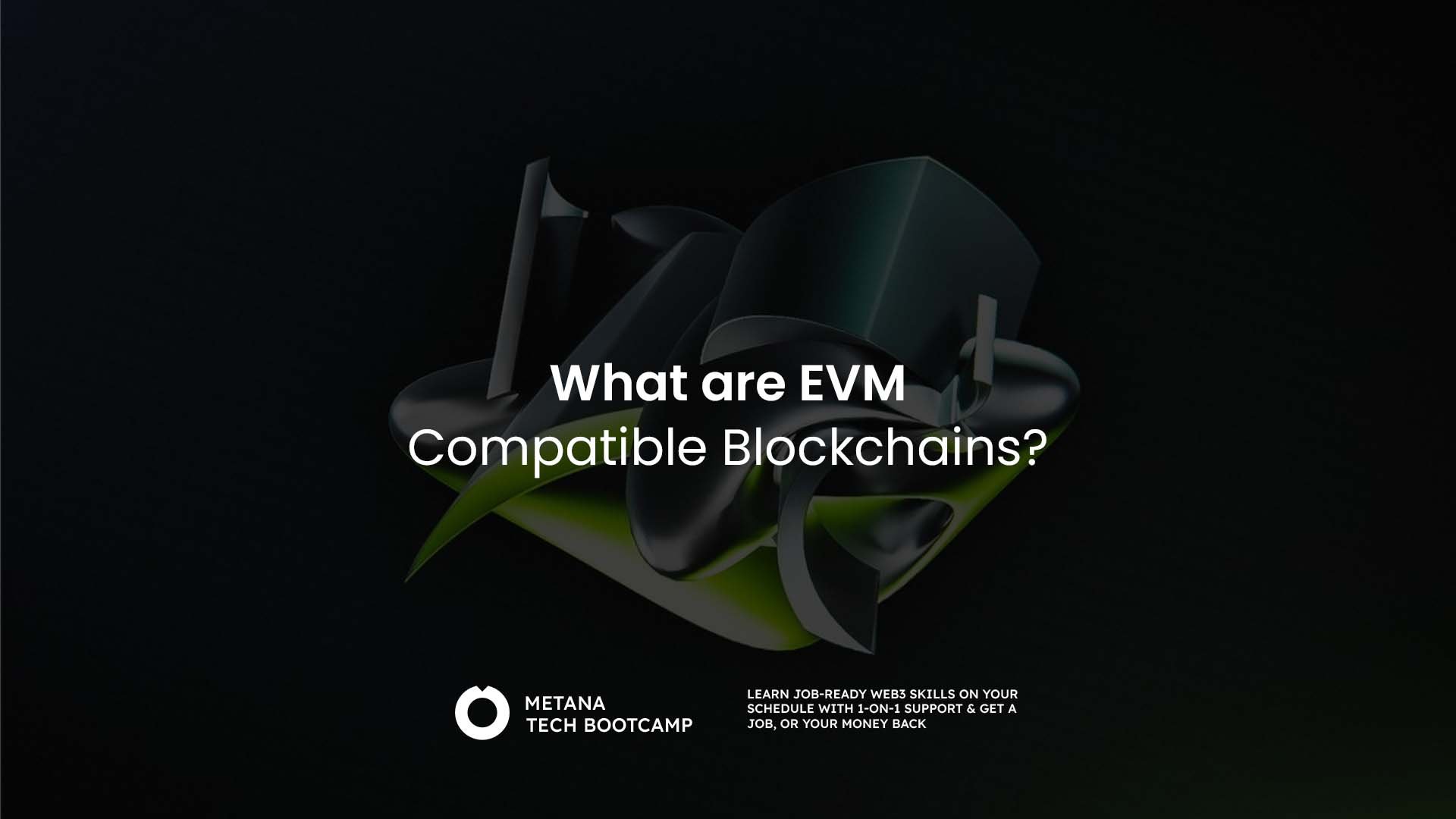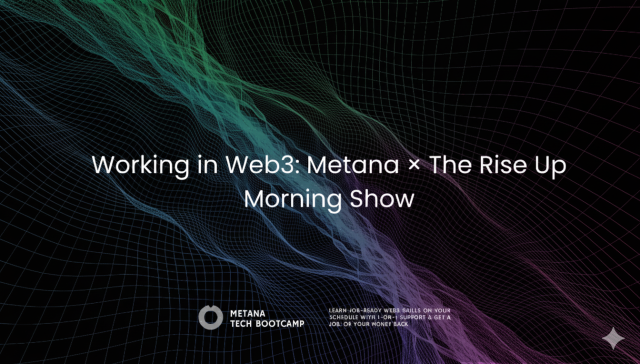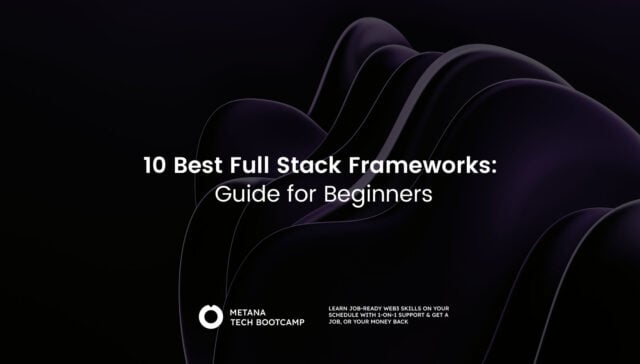Blockchain technology has evolved rapidly, introducing new platforms and features aimed at expanding decentralization and enhancing scalability, security, and performance. The Ethereum Virtual Machine (EVM) plays an important role in this evolution.
EVM compatibility enables networks to run applications and deploy smart contracts that seamlessly interoperate with Ethereum, greatly enhancing their functionality and reach. Interoperability between blockchains remains one of the industry’s biggest challenges, and EVM compatibility represents a significant advancement in addressing this issue. This feature makes EVM-compatible blockchains particularly appealing to developers, investors, and blockchain enthusiasts, offering a unified platform for innovation and growth.
This article explores the Ethereum Virtual Machine (EVM) and highlights the significance of EVM compatibility within the blockchain landscape. Gaining a clear understanding of how the EVM can shape the future of blockchain is essential for any developer looking to excel in this rapidly evolving industry.
What is the EVM ?

The Ethereum Virtual Machine is a virtual environment where the smart contracts are executed. It acts as a global computer that allows decentralized applications to run securely and efficiently across the Ethereum network. The EVM provides an environment where developers can deploy smart contracts and decentralized applications using the Solidity programming language.
How does EVM Work ?
The EVM is capable of executing any algorithm or program. It processes transactions by taking the bytecode of smart contracts written in high-level languages like Solidity and executing it. Each operation performed by the EVM consumes a certain amount of gas, which prevents misuse of resources by ensuring that every computation has a cost.
Once a smart contract written in solidity is deployed, the EVM compiles the contract into low-level bytecode, which the EVM can understand and execute. This bytecode is then deployed onto the Ethereum blockchain as part of a transaction. When a user interacts with a smart contract, the EVM takes the bytecode and executes the logic. The EVM ensures that the smart contract’s operations follow the rules of the Ethereum protocol.
The EVM has the ability to execute code deterministically, ensuring that any given smart contract consistently produces the same output for a specific input, regardless of where or by whom it is executed. This guarantees that smart contracts are executed precisely as intended, without interference or manipulation from external factors.
What does EVM Compatibility Mean ?
EVM compatibility refers to the ability of a blockchain to run Ethereum-based decentralized apps and smart contracts seamlessly. This compatibility is achieved by adhering to the same standards, bytecode, and smart contract language used in Ethereum. In this way, developers can easily run their Ethereum decentralized apps on other blockchains without needing to rewrite the entire codebase.
A smart contract deployed on Ethereum can be seamlessly transferred to an EVM-compatible chain, such as Binance Smart Chain or Polygon, with minimal to no modifications required. This functionality is crucial for fostering cross-chain collaboration and promoting the growth of the broader blockchain ecosystem.
Following are 5 popular EVM-Compatible blockchains
- Binance Smart Chain
- Binance Smart Chain is one of the most popular EVM-compatible blockchains, known for its high throughput, low transaction costs, and integration with the Binance Exchange. It has become a go-to platform for decentralized finance projects and decentralized exchanges.
- Its faster block times, lower transaction costs compared to Ethereum, and dual-chain architecture with Binance Chain for asset transfers make it an excellent alternative choice for developers and users alike.
- Polygon
- Polygon is a Layer 2 scaling solution for Ethereum that is EVM-Compatible. Its architecture allows developers to build scalable decentralized applications.
- Its high speed, low transaction costs, and Ethereum-compatible sidechains for fast, secure decentralized app development make it a strong alternative to Ethereum.
- Avalanche
- Avalanche is also an EVM-Compatible blockchain, with a unique consensus mechanism that allows for faster and more scalable decentralized app deployment.
- It allows developers to create custom blockchains within the Avalanche ecosystem while retaining compatibility with Ethereum smart contracts.
- Fantom
- Fantom is also a high performance, EVM-Compatible blockchain designed to facilitate decentralized applications and digital assets. Its DAG-based consensus algorithm allows for faster transaction confirmation times.
- This platform offers high scalability and fast transactions, making it ideal for DeFi applications. It’s also compatible with existing Ethereum decentralized apps, making it easier for developers to create secure and efficient decentralized apps.
- Harmony
- Harmony is an EVM compatible blockchain that focuses on enhancing scalability without giving up on security or decentralization of the blockchain.
- Harmony’s sharded architecture enables parallel transaction processing, which boosts speed and efficiency. Additionally, it’s interoperable with Ethereum, Binance Smart Chain, and other blockchains, enhancing its flexibility.
Why EVM Compatibility is Important ?
EVM compatibility significantly simplifies the development process for developers, allowing them to create and deploy applications across multiple blockchain networks without having to learn new languages or frameworks.
For instance, if you are a developer equipped with knowledge of Ethereum’s tools and programming languages, such as Solidity, EVM compatibility allows you to deploy your smart contracts on other blockchains without the need to learn new technologies. This seamless transition not only streamlines the development process but also enhances productivity, enabling you to focus on building innovative applications across various EVM-compatible networks.
EVM compatibility also promotes interoperability between different blockchains. Decentralized apps can be easily deployed across multiple chains, allowing users to access the same service on various platforms without being tied to one network.
Additionally, Ethereum’s high gas costs and scalability challenges have led to the rise of EVM-compatible blockchains as viable alternatives. These blockchains offer lower transaction costs and faster processing speeds while maintaining the robustness of the ecosystem. Developers and users can easily migrate to these alternatives to reduce the high costs associated with the Ethereum mainnet, and enhance their overall experience in the blockchain space.
How do I Deploy on EVM Compatible Blockchains ?
Now that we have a comprehensive understanding of what the Ethereum Virtual Machine (EVM) is and the various EVM-compatible blockchains that offer similar services, let’s explore the straightforward process of deploying a smart contract on an EVM-compatible blockchain.
| Steps | Description |
|---|---|
| 1. Select a Blockchain | Begin by selecting an EVM-compatible blockchain. Consider factors such as transaction costs, speed, and community support to determine the most suitable blockchain for deploying your contract. |
| 2. Smart Contract Development | You can either develop a new smart contract using Solidity or repurpose one that was previously deployed on Ethereum. In both cases, it is essential to ensure that your code follows best practices for security and efficiency. |
| 3. Testing | Test your smart contract thoroughly on a testnet to ensure it functions correctly and is free from vulnerabilities. Utilize tools like Remix or Truffle for debugging and simulations. |
| 4. Deploying | Once testing is complete, deploy your smart contract on the selected EVM-compatible blockchain. Use tools like Hardhat, Remix, or Truffle to execute the deployment. |
Conclusion
EVM-compatible blockchains play an important role in the blockchain ecosystem by allowing seamless migration and interoperability of Ethereum-based decentralized applications. This compatibility offers developers a wider range of options for building scalable, cost-effective decentralized solutions, enhancing the overall flexibility and efficiency of blockchain development. As blockchain technology continues to advance, EVM-compatible platforms are expected to gain increasing prominence, providing users and developers with greater flexibility in how they engage with decentralized networks.
FAQs
What is the benefit of using an EVM-compatible blockchain?
- EVM-compatible blockchains enable developers to utilize existing Ethereum tools, frameworks, and codebases, significantly simplifying the process of deploying smart contracts across multiple blockchain platforms.
- This compatibility allows developers to reuse their knowledge of Solidity and other Ethereum-based technologies, eliminating the need to rewrite or adapt code for different ecosystems. As a result, it streamlines development, encourages cross-chain interoperability, and expands the potential reach and impact of decentralized applications.
Do I need to learn a new programming language to build on EVM-compatible blockchains?
- No, you can use Solidity, the same language used for developing on Ethereum. Most EVM-compatible blockchains fully support Solidity and Ethereum’s tools like Truffle, Hardhat, and Web3.js.
How do I connect my dApp to an EVM-compatible blockchain?
- You can connect your decentralized application to an EVM-compatible blockchain using Web3.js or Ethers.js libraries. Additionally, wallet providers like MetaMask allow users to interact with your decentralized apps by facilitating transactions and contract interactions on various EVM networks.









